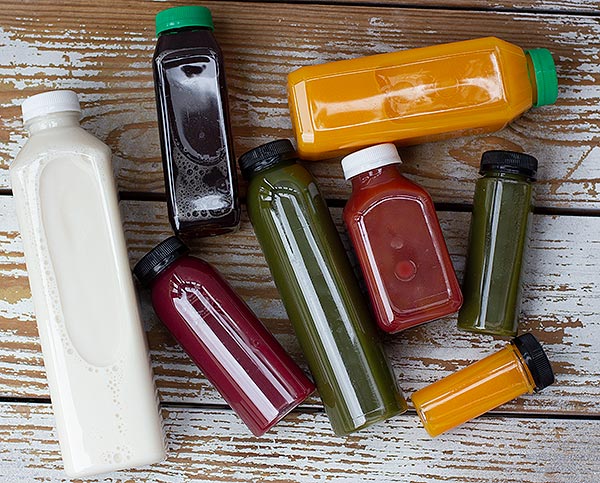For decades, plastic, which includes polystyrene foam (e.g. Syrofoam™) film has been used to seal and protect food products. Foam is sturdy enough to support a modest amount of weight and other plastics, when sealed properly, keep foods fresh and free from contamination for several days at a time.
When plastic food packaging containers were first developed, they took off quickly because of their convenience and growing number of practical uses. While they were easy to use and extremely cost effective, their use came at a high price for the environment. The damage to the environment was twofold. First because of the manufacturing processes and chemicals used in their creation and, secondly, due to littering and the amount of plastic and foam containers that ended up in landfills.
Sourced from Fossil Fuels
Plastic is manufactured from synthetic materials derived from fossil fuels. The process used to make them increases the demand for petroleum based products and therefore perpetuates our dependence on these non-renewable resources. Packaging made from petroleum based materials does not degrade naturally. They remain intact and take up massive amounts of space in landfills. Over the years, the Environmental Protection Agency has put in place several regulations pertaining to the manufacturing of plastic and foam containers. Their intent was to limit the amount of toxic materials used in the creation of food packaging containers. The EPA has also started educational programs to teach both children and adults the benefits of recycling and how it helps the environment.
Contain Harmful Chemicals
The manufacturing of foam and plastic products can include the use of plasticizers (chemical softening agents), benzene, styrene and Bisphenol A (BPA), which are all toxic to human health and wildlife. While environmental regulations have reduced the number of toxic components used in the process, the fact remains that chemicals currently used can pose an entirely new set of hazards for both the environment and the consumers who use the products. These chemicals and components used in the plastic manufacturing process are not biodegradable which pose potential hazards to the environment.
Finally, many consumers aren’t aware that putting acidic foods in polystyrene containers or reheating food in them (e.g. in a microwave) has been known to cause these chemicals to leach into the food.
Expensive to Recycle
Polystyrene packaging use in the fast food industry is decreasing significantly, primarily due to the fact it cannot be recycled and because of the stigma it has in the public. It is not economically feasible to clean, and subsequently recycle or reuse the containers, in part because they cannot withstand the hot temperatures needed to sanitize them. In addition, the energy required to transport and recycle certain plastics often exceeds the cost to make products containing virgin plastic material so many plastics aren’t recycled. This leads to millions of food packaging containers being sent to landfills each year.
Reducing the negative impact of both plastics and foam containers can be accomplished by replacing them with more eco-friendly choices made from renewable resources. While these types of containers may cost slightly more, they are better suited for the environment and reduce the populations' risk to toxic chemicals and waste.






